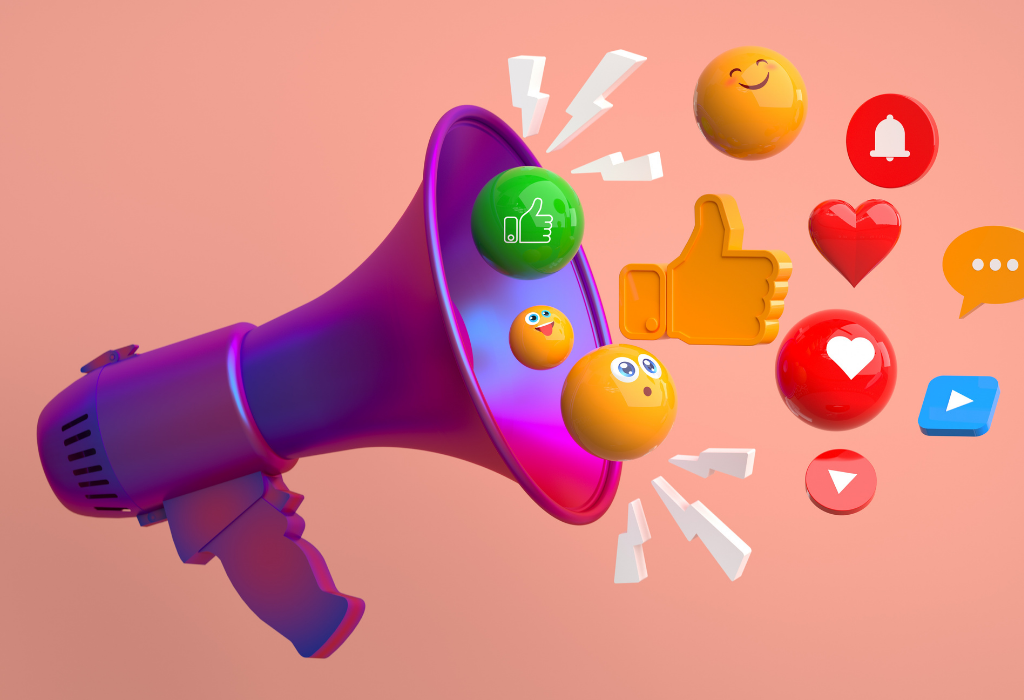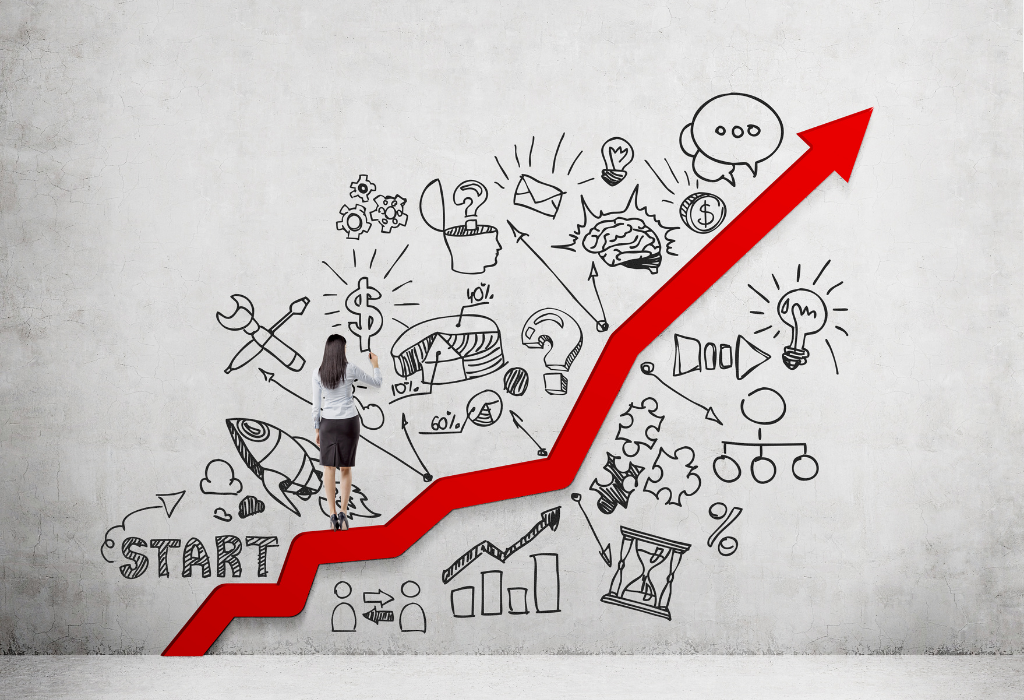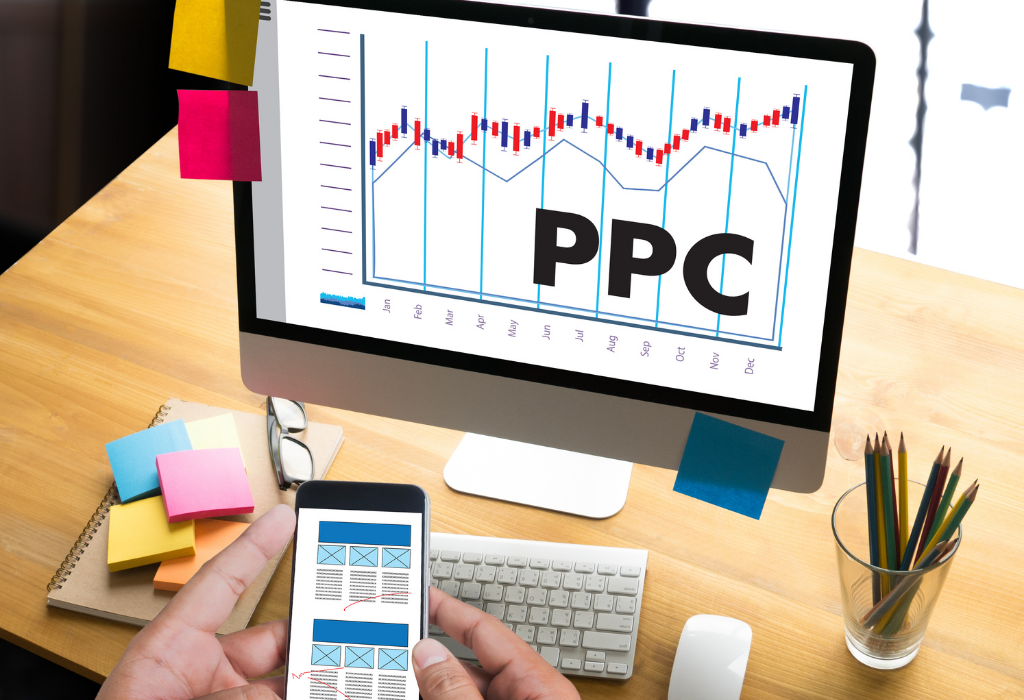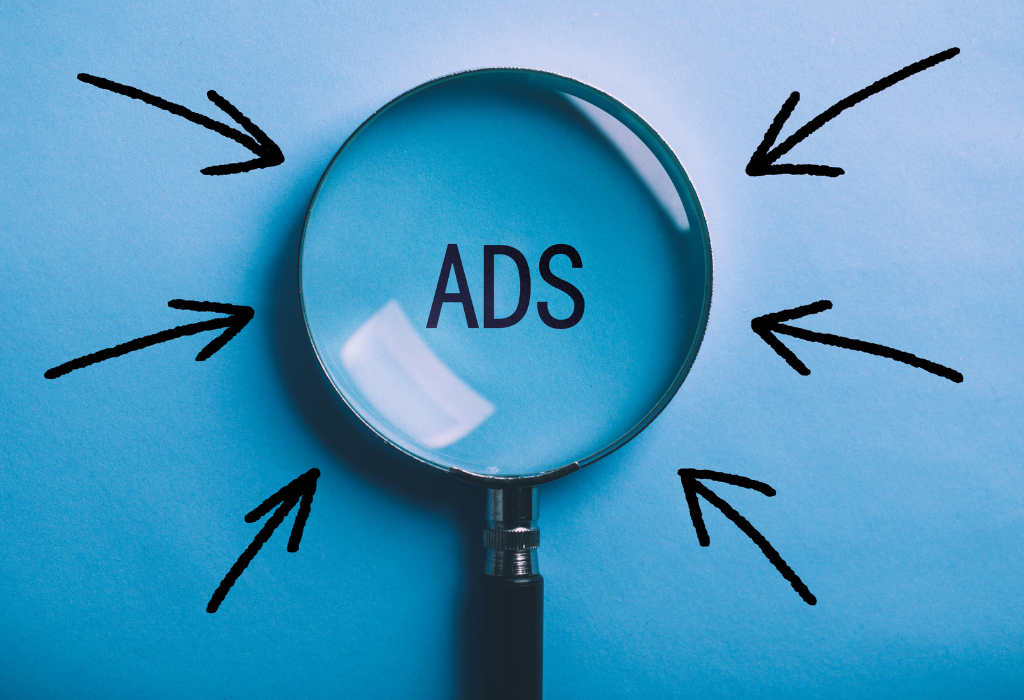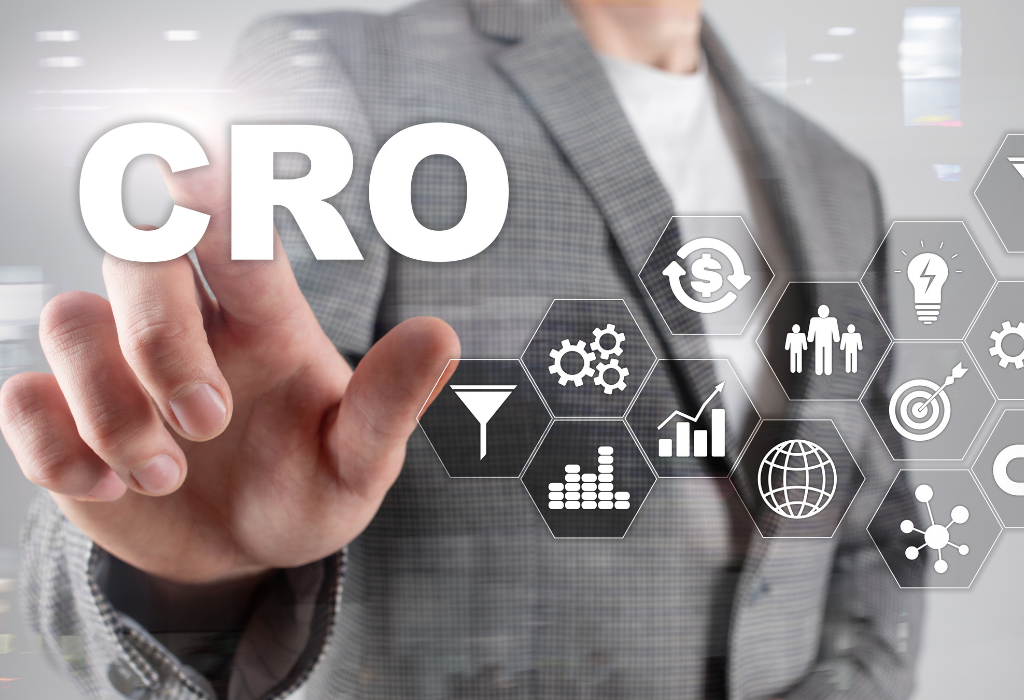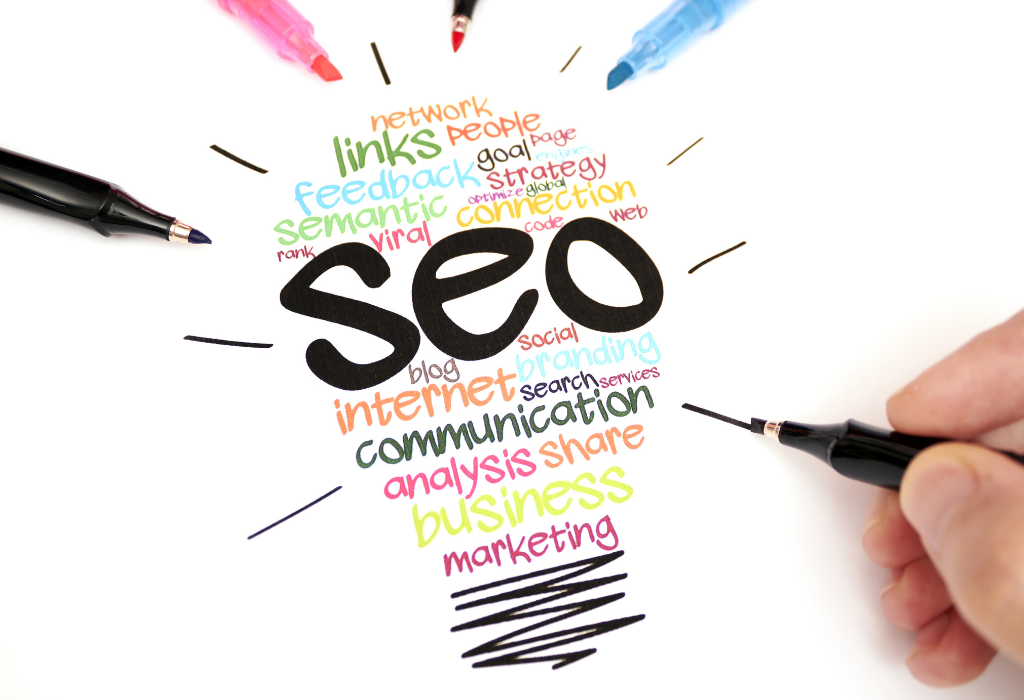In the ever-evolving world of digital marketing, staying ahead of the curve is critical. As 2025 approaches, businesses must adapt and innovate their social media strategies to remain competitive and effectively engage their audiences. Whether you’re a brand, startup, or marketing agency, leveraging the latest trends and technologies in social media will be key to growth and customer retention.
Here are the top 7 social media strategies your brand should implement in 2025 to stay ahead:
Embrace AI-Powered Personalization
AI and machine learning are revolutionizing how brands interact with audiences. In 2025, hyper-personalized content will become the norm. Algorithms will analyze user behavior, purchase history, and engagement patterns to deliver tailored content across platforms.
How to implement it:
- Use AI tools like ChatGPT for automated content creation.
- Implement predictive analytics to forecast user preferences.
- Leverage dynamic content in email and social media campaigns to enhance relevance.
Why it matters: Personalized experiences increase engagement rates by over 80%, leading to better conversions and customer loyalty.
Focus on Short-Form Video Content
The dominance of short-form video—thanks to TikTok, Instagram Reels, and YouTube Shorts will only intensify in 2025. Videos under 60 seconds capture attention, drive engagement, and are favored by platform algorithms.
How to implement it:
- Plan weekly content calendars centered around bite-sized videos.
- Highlight product benefits, behind-the-scenes footage, or customer stories.
- Use trending audio and effects to maximize reach.
Why it matters: Studies show short-form videos have a 120% higher retention rate compared to long-form content.
Invest in Social Commerce
With platforms like Instagram and Facebook integrating native shopping features, social commerce is poised to boom. In 2025, it’s predicted to account for over 20% of all eCommerce sales.
How to implement it:
- Set up Instagram and Facebook Shops with your product catalog.
- Use product tags in your posts and stories.
- Host live shopping events to demonstrate and sell products.
Why it matters: Social commerce shortens the buyer journey and boosts impulse purchases, particularly among Gen Z and Millennials.
Prioritize Authentic Influencer Partnerships
The influencer marketing space is maturing. In 2025, the focus will shift toward authenticity over follower count. Micro and nano influencers (1K–50K followers) often yield better engagement and trust.
How to implement it:
- Partner with influencers who align with your brand values.
- Encourage honest reviews and user-generated content.
- Track performance metrics like engagement rate and conversions.
Why it matters: Consumers trust peer recommendations over branded content. Authentic partnerships drive higher ROI.
Enhance Community Engagement with Private Groups
Public pages are great, but private groups and communities on platforms like Facebook, WhatsApp, or Discord are rising in popularity. These spaces foster stronger, more personal relationships with customers.
How to implement it:
- Create a private group for loyal customers, brand advocates, or beta testers.
- Offer exclusive content, early product access, and behind-the-scenes updates.
- Actively engage with members through polls, Q&As, and discussion threads.
Why it matters: A strong community can become your most effective marketing channel, driving word-of-mouth and user-generated content.
Optimize for Voice Search and Conversational Content
With the rise of smart speakers and voice assistants, optimizing social media and content for voice search is essential in 2025. Conversational tone, natural language, and FAQs will play a major role.
How to implement it:
- Create content using natural, question-based language.
- Optimize post captions and blog links for long-tail keywords.
- Use audio-based platforms like Clubhouse or Twitter Spaces to foster discussions.
Why it matters: Voice search is expected to make up 50% of all online searches by 2025. Brands that adapt will see increased discoverability and engagement.
Leverage Data-Driven Decision Making
In 2025, the success of your social media efforts will hinge on data. Brands must move beyond vanity metrics (likes, shares) to more meaningful KPIs like engagement quality, conversion rates, and customer lifetime value.
How to implement it:
- Use tools like Google Analytics, Meta Business Suite, and social listening software.
- A/B test different types of content, headlines, and visuals.
- Monitor customer feedback and sentiment to adjust strategies.
Why it matters: Data empowers marketers to make informed decisions, refine campaigns in real-time, and demonstrate ROI to stakeholders.
Conclusion: Future-Proof Your Social Media Strategy
Social media marketing in 2025 is all about adaptability, authenticity, and intelligence. Brands that embrace emerging technologies, engage with customers on a deeper level, and use data strategically will stand out in a crowded digital landscape.
At GrowthBox, we specialize in helping brands craft powerful, forward-thinking social media strategies tailored for tomorrow’s audience. If you’re ready to elevate your digital game with a leading digital marketing agency in Chandigarh, now’s the time to act.
Let 2025 be the year you lead—not follow.

